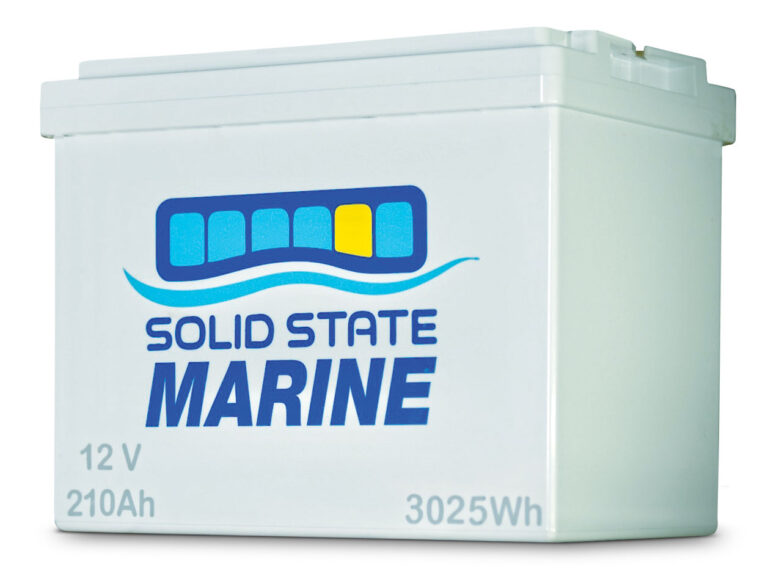Pervasive problems aboard boats are ground faults and short circuits. Both can slowly but surely drain the batteries, even with every switch turned off. Perhaps more important, these snafus can cause stray current corrosion, which can sink your boat by eroding away through-hull fittings, fasteners, rudders, shafts and drives. Here’s how to smoke them out and enjoy better service from the batteries. You’ll need a multimeter for both techniques.
Short Circuit
What it is: When a direct connection between the hot and ground sides of a circuit is made and it bypasses the load (light, pump, whatever).
How to find it: Disconnect the circuit from its power source — remove the terminals at the panel — and disconnect the load (device, or devices if they’re lights) from the circuit. Turn all switches for that circuit to the “on” position. Place the leads of the multimeter, set to the ohmmeter function, across the positive and negative sides of the circuit. A reading of infinite ohms means the circuit is good and the device is bad; a reading of less than infinity means there is a problem in the wiring.
Ground Fault
What it is: Poor, worn or chafed insulation on switches, devices or wiring allows a lower-resistance path to ground (usually bilge water) than the ground wire of the circuit does.
How to find it:
1. Switch off all equipment individually and disconnect solar panels. Leave the battery switch on.
2. Disconnect the positive battery cable and, with the meter set to the DC volts setting, take a voltage reading between the battery terminal and the cable. If it reads 12 volts — or any voltage, really — you have a leak.
3. Turn the battery switch off.
If…
the leak still shows — you still read voltage — the leak is on the battery side of the switch. The only things that should be there — hot-wired to the battery — are the bilge pumps.
Then…
rewire and reroute, supporting everything as high as possible.
If…
closing the battery switch with the meter still connected to the post and disconnected, and if the leak “disappears” (no voltage reading), the leak is on the boat side of the system.
Then…
to isolate it, keep the battery switch on, leave the meter connected and go to the fuse or breaker panel. Begin systematically closing breakers and pulling fuses. If the meter reads no voltage after breaking a circuit, that’s the guilty party.
If…
the leak still shows, it’s one of the breakers or the panel itself that’s leaking.
Then…
set the meter to ohms, and then systematically remove each breaker, testing across its terminals. With the breaker off, the reading should be infinite; if not, you have finally found the offender.
Tip: It’s often quicker to find many ground faults by simple visual observation, checking for any wires that have drooped into the bilge water or show obvious signs of chafe and wear, and then starting the meter readings with those circuits. Bilge, washdown or livewell pumps are common culprits — but not always.









